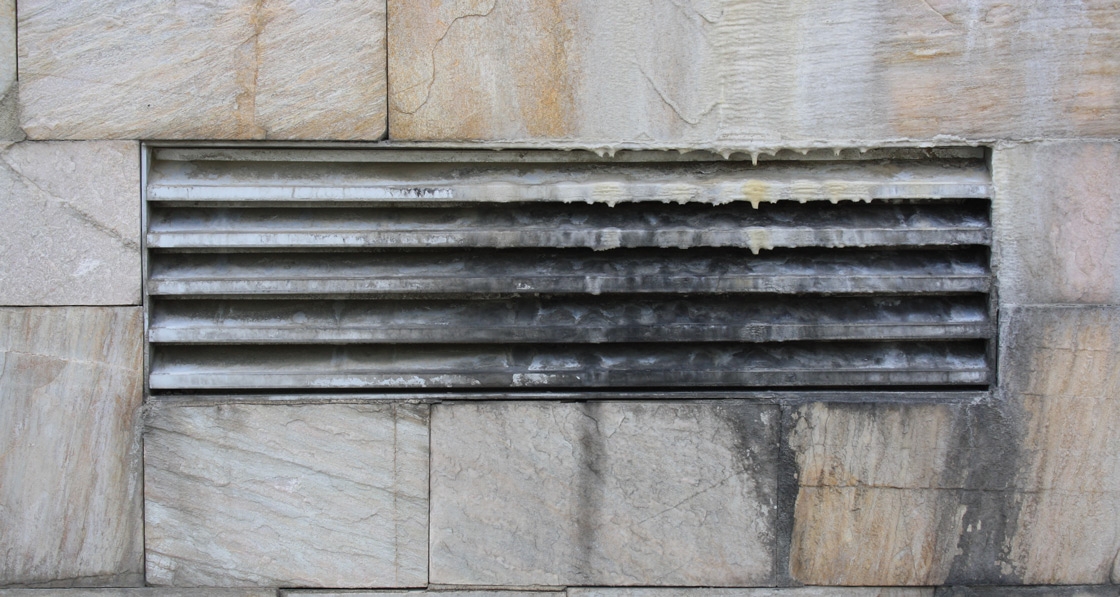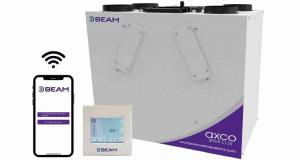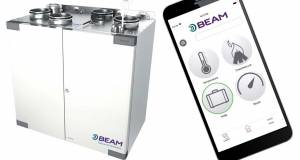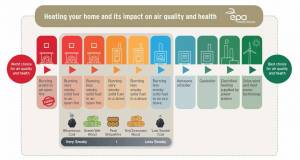
- Ventilation
- Posted
New research reveals high failure rate for ventilation systems
New evidence indicates that decentralised MEV systems – an increasingly popular option, now questions are being raised over the standard “background-plus-intermittent extract” ventilation strategy – can also fail to provide adequate indoor air quality, and may even perform worse than the standard approach in new build homes.
This article was originally published in issue 18 of Passive House Plus magazine. Want immediate access to all back issues and exclusive extra content? Click here to subscribe for as little as €10, or click here to receive the next issue free of charge
Preliminary findings from two new ventilation performance studies were presented at an event organised in June by the Green Register. The studies, by Aecom and Zero Carbon Hub, examined ventilation installation and performance in almost 90 UK new build homes altogether (none were passive houses).
The Aecom research, on behalf of the Department for Communities, initially aimed at investigating the standard approach, but in a number of cases decentralised MEV (dMEV) had been installed instead – despite what was reported for SAP – so the study examined both. The homes in the Zero Carbon Hub study had either MEV (mainly decentralised) or MVHR.
Common issues uncovered with decentralised MEV included: design and/or installation that failed to comply with Part F of the building regulations; complete lack of commissioning – and in some cases, lack of awareness that commissioning was required; “acoustic” commissioning (ie fan speeds set on the basis of noise alone), or suspected “desktop” commission (where recorded air flows were identical to design flows, raising suspicions that no testing had taken place); and inadequate air change rates and poor air quality.
Aecom’s David Ross reported that fan flow rates were sometimes only 25% of requirements – or even lower. With dMEV the same fans were often installed in kitchen, bathroom and toilet, and were unable to supply adequate flow in the bigger rooms without excess noise.
Air quality monitoring in use revealed humidity in some bedrooms to be over 70%. More air quality problems were seen with dMEV: this was installed in only 30% of the sample, but accounted for 83% of the homes with bedroom relative humidity issues. Bedroom CO2 levels of up to 3000 ppm were recorded (vs the recommenced 1000 ppm), and again there was a much higher CO2 fail rate in homes with dMEV.
The ZCH research showed similarities in findings, for both MEV and MVHR systems. None had been properly commissioned and none of the six tested dwellings with dMEV achieved more than 50% of the required whole house flow rates. The flow rates in the four tested apartments with MVHR were also below requirements, but by a rather smaller margin.
Residents complained about fan noise, especially when the boost function was triggered in the ensuite bathroom at night – and this led to fans having been deliberately disabled.
Ventilation consultant Ian Mawditt, who worked with Aecom on their research, said architects and designers needed to realise it is their responsibility to ensure properly functioning ventilation is installed. “It will come back to them if there is a lawsuit,” he said, adding that this was not just a remote possibility. “Cases are under investigation even now,” he warned.






